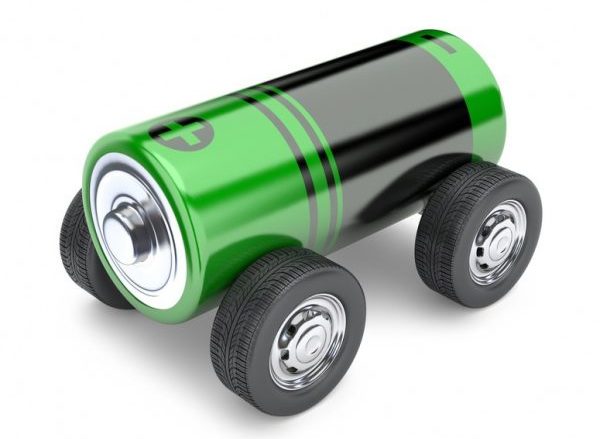Big corporations and car manufacturers are ditching combustion engines, with Toyota saying it will have an electrified or hybrid version of all vehicles by 2025. Cobalt is one of the key ingredients added in electric batteries, and more than half of it is currently mined in the Democratic Republic of Congo.
Our increasing reliance on rechargeable batteries is making the Democratic Republic of Congo reconsider how it values cobalt. Once a forgotten byproduct, the price of cobalt has tripled in the last two yearsand the world’s largest producer plans to profit off the demand.
Last year, for example, Volkswagen put out a tender for a direct cobalt supplier for ten years from 2019, one of the largest procurement projects in the automotive industry, that signaled a $24 billion shift to electric vehicles. Lithium-ion batteries are also key to manufacturers like Apple and Tesla. Cobalt is extensively used in the production of cathodes which can make up between 35-40% of the total material costof any one battery.
While doing business in the DRC remains lucrative for the mining multinationals, it also unpredictable. Last year, Toronto mining company First Cobalt pulled out of the country to focus on deposits in Canada. Other cobalt veins in Scandinavia and Russia are also being explored. For now, however, the DRC maintains the lion’s share of the world’s cobalt deposits, meaning it can pretty much do as it pleases with it.
Carmakers are looking for ways to use less cobalt because of soaring prices, Colin Hamilton, managing director for commodities research at BMO Capital Markets, said from London. “Battery chemistry won’t change overnight but given how the price has moved, carmakers are definitely going to be leaning on the battery industry to push substitution.”
At the same time, recycling firms will be looking to recover more cobalt from used batteries. Cobalt from lithium-ion batteries could reach 22,500 tonnes in 2025, up from 8,700 tonnes in 2017, according to Creation Inn – a London-based research firm focused on energy storage and recycling.
With so much on the line, Last month, BMW revealed its dedication to an electric future by briefly lighting up its Munich headquarters, modelled in the 1970s after the four cylinders of an engine, to look like batteries instead and stating “The Future is electric” Until the full electric vehicle story unfolds lets observe carefully.




